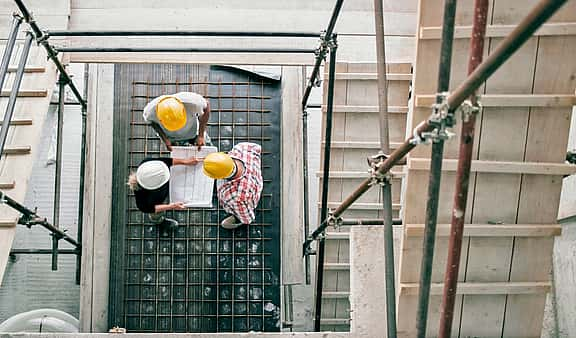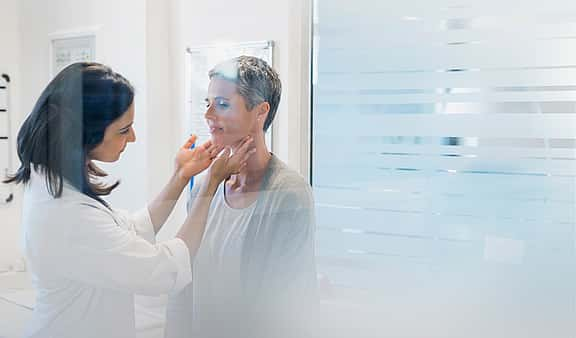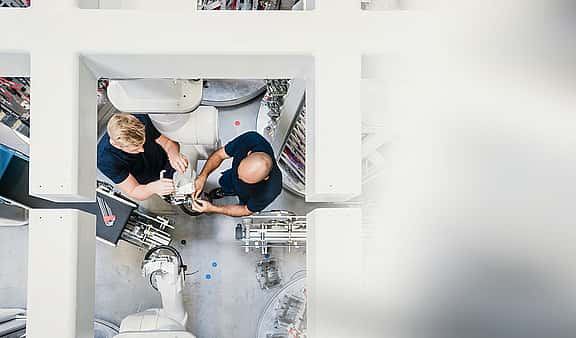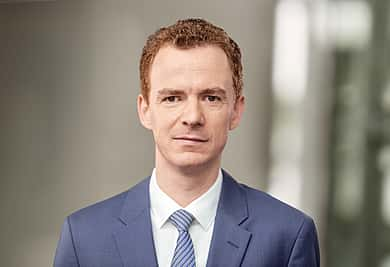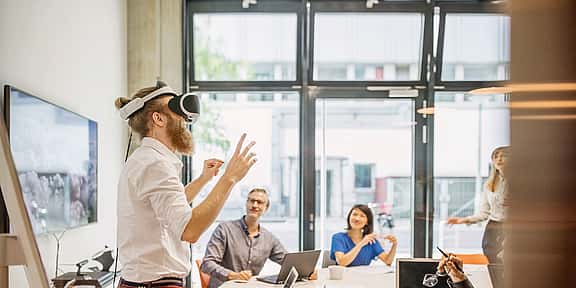Virtual Reality (VR) is a computer-generated simulation, allowing individuals to experience a virtual world. Whereas VR replaces your vision, Augmented Reality (AR) is the art of superimposing digital content over the real world. AR integrates digital information with a user's environment in real-time and in recent years has become more accessible and affordable for medical applications.
It is expected that in the next five years AR and VR enterprise technologies and applications will boost start-up companies revenue. In this time frame, both VR and AR are expected to be utilised as their primary source of multisensory instruction. However, it is expected that its main use will be in the medical industry.
There are a number of tools and applications that utilise VR and AR technology that can aid and revolutionise the healthcare industry.
AR technology can aid dentists to build precise crowns and caps by using smart glasses that can superimpose real-time data directly from the scanner onto the teeth.
Patient Empathy
Many hospitals are using AR to train doctors and nurses in patient empathy. Various patient scenarios can be simulated using AR-enabled tablets when training nurses to connect with patients.
Health conditions such as Parkinson’s disease, dementia and migraines can be stimulated using VR to enhance students' understanding of age-related health problems such as vision and hearing loss or Alzheimer's disease while increasing empathy.
Healthcare Training
AR technology is replacing textbooks in medical training using the technology to educate students in the basic anatomy of the human body by overlaying information on a human structure such as bones and muscles.
Medical Imaging
VR has been successfully used at George Washington University for neurosurgery and thoracic surgery, enabling surgeons to virtually explore their patient's body prior to the procedure. Surgical efficiency and situation awareness has improved as a result and Harvard Business Review found that the use of VR in this context has improved participants' overall surgical performance by 230% compared with traditional methods.
AR technology can also enhance the visualisation of CT and MRI scan results by superimposing stereoscopic projections during a surgical procedure allowing precise navigation around a specific organ for example when locating tumours.
A device such as the AccuVein AV400 uses AR to digitally display a real-time map of the vasculature on the skin surface. This allows practitioners to verify vein apparentness, leading to less patient discomfort during venipuncture procedures.
MRI Evaluation
AR technology has been developed to measure a child’s ability to lie still for a length of time before an MRI exam. Many doctors use this application to assess whether an anaesthetic will need to be administered to complete the MRI procedure.
Aiding Disabilities
AR can be used to aid the legally blind or those with serious visual impairments in recognising familiar faces, finding lost items, or in navigating their environment by using a 3D recognition software that enhances the visual appearance of everyday objects and people.
VR is also used as a disability aid to improve memory and cognitive functions. Many companies are using VR technology to help seniors improve their memory and cognitive function. Studies have shown that VR intervention can improve cognitive and motor function in older adults with mild cognitive impairment or dementia. In cognitive rehabilitation efforts, including for diseases like multiple sclerosis (MS) and spatial deficits after stroke, studies have found that VR could strengthen the effects of traditional therapies by increasing sensory input and promoting multisensory integration and processing.
Remote Surgical Expertise
VIPAR (Virtual Interactive Presence in Augmented Reality) is a video support solution that allows surgeons to remotely guide a peer during a procedure by projecting his hands into an AR display.
Treating Mental Health
Patients can use VR to address anxiety and trauma. An application of this use of VR is through virtual exposure therapy, for example, a psychologist can treat a patient traumatised by a car crash. A study found that VR exposure therapy reduced the fear of heights by 68%. The same kind of treatment can also be used to help patients suffering from other psychological ailments and phobias, including depression and post-traumatic stress disorder.
The future of medical education in the next five years will be embedded in VR and AR technology, enhancing students' understanding of the body’s anatomy as well as improving patient healthcare.
If you are leveraging VR or AR technology to thrive in your business and technology, and equipment leasing can help you do that, then the team at Grenke are here to support and guide you through that process.
Talk to GRENKE today!
As one of the leading financial service providers in the Irish market, GRENKE’s slogan is ‘Fast, Forward, Finance’. GRENKE offers entrepreneurs fast and flexible financial solutions through a range of leasing services. We match the perfect financial solution to your unique business needs, from small businesses to large enterprises.
Over the last 40 years, GRENKE has provided leasing to numerous styles of businesses and organisations; sole traders, partnerships, public and private limited companies, associations and organisations, medical, health, and educational providers, public hospitals, semi-state institutions, Government bodies and so much more.
Our expertise and strong market position are no coincidence. If you are a business owner looking for financial solutions in Ireland or advice on fast and flexible financing, talk to a GRENKE Account Manager today.






